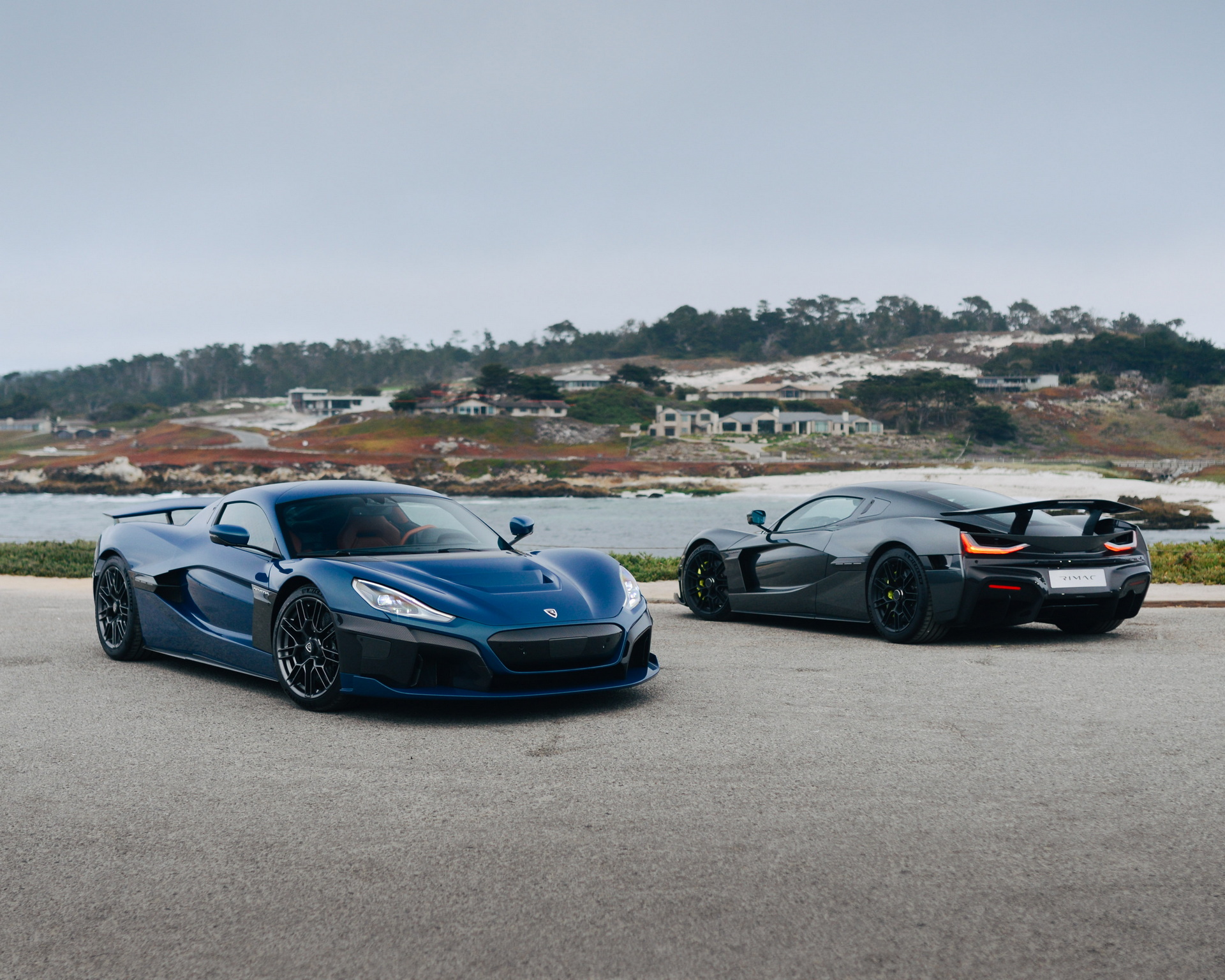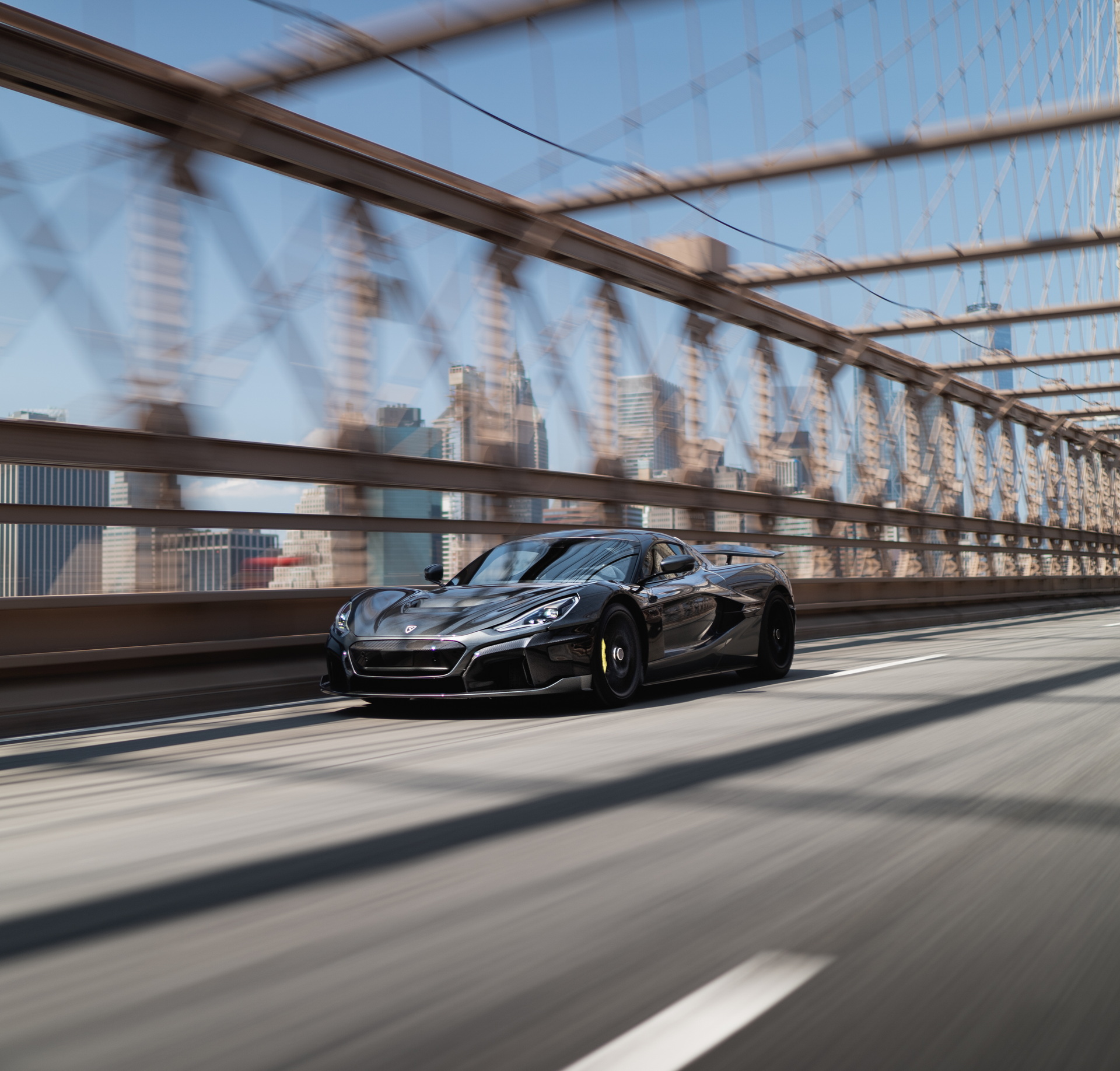Rimac has finally completed the intense homologation process for the Nevera. The test program, which started in 2019, has required the electric hypercar to be subjected to 45 separate physical crash tests on its way to becoming roadworthy.
The final test took place at the end of January and was the fearsome side pole test. It simulates what happens when a vehicle goes sideways into a lamppost, so it’s pretty likely to save a supercar owner’s life. The test is difficult, Rimac explains, because there’s very little car between the occupant and the pole and the lamp post doesn’t deform much when hit.
Rimac says, however, that after the Nevera completed its 35 km/h (22 mph) collision with the pole, its structure had held up well enough to allow the door on the crash side to be opened after the impact. During the test, the crash test dummy was subjected to 25G of force.
Read Also: Rimac Nevera Prototype Has Some Off-Road Fun Before Being Destroyed For Crash Testing
Designed from the very beginning to be safe, Rimac says the team creating the Nevera first used High-Performance Cluster computers to digitally simulate the effects of a crash impact in nearly perfect detail. That still didn’t mean it was an easy process, though. Although each crash takes less than the blink of an eye to occur in real life, it took the computers 20 hours of processing time to fully simulate the tests.
Once Rimac was satisfied with the simulated results, it could send the nine crash test cars into the crucible. The result, the automaker claims, is the most torsionally rigid car ever created.
Whereas a normal supercar has a torsional rigidity of around 40,000 Nm/degree, per the automaker, the Nevera‘s is 70,000 Nm/degree. That means it has a very stiff survival cell protecting the occupants in a crash and can support three times the weight of itself on its roof.
“The Nevera was designed to excel in every area, with each component scrutinized and carefully engineered to deliver the best possible performance,” said Mate Rimac, the company’s founder. “All of their efforts have been absolutely crucial to the development of Nevera, and as this latest test concludes the Nevera crash-testing program, which brings us close to finally being able to hand over our next-generation all-electric hypercar to its first owners throughout the world.”



